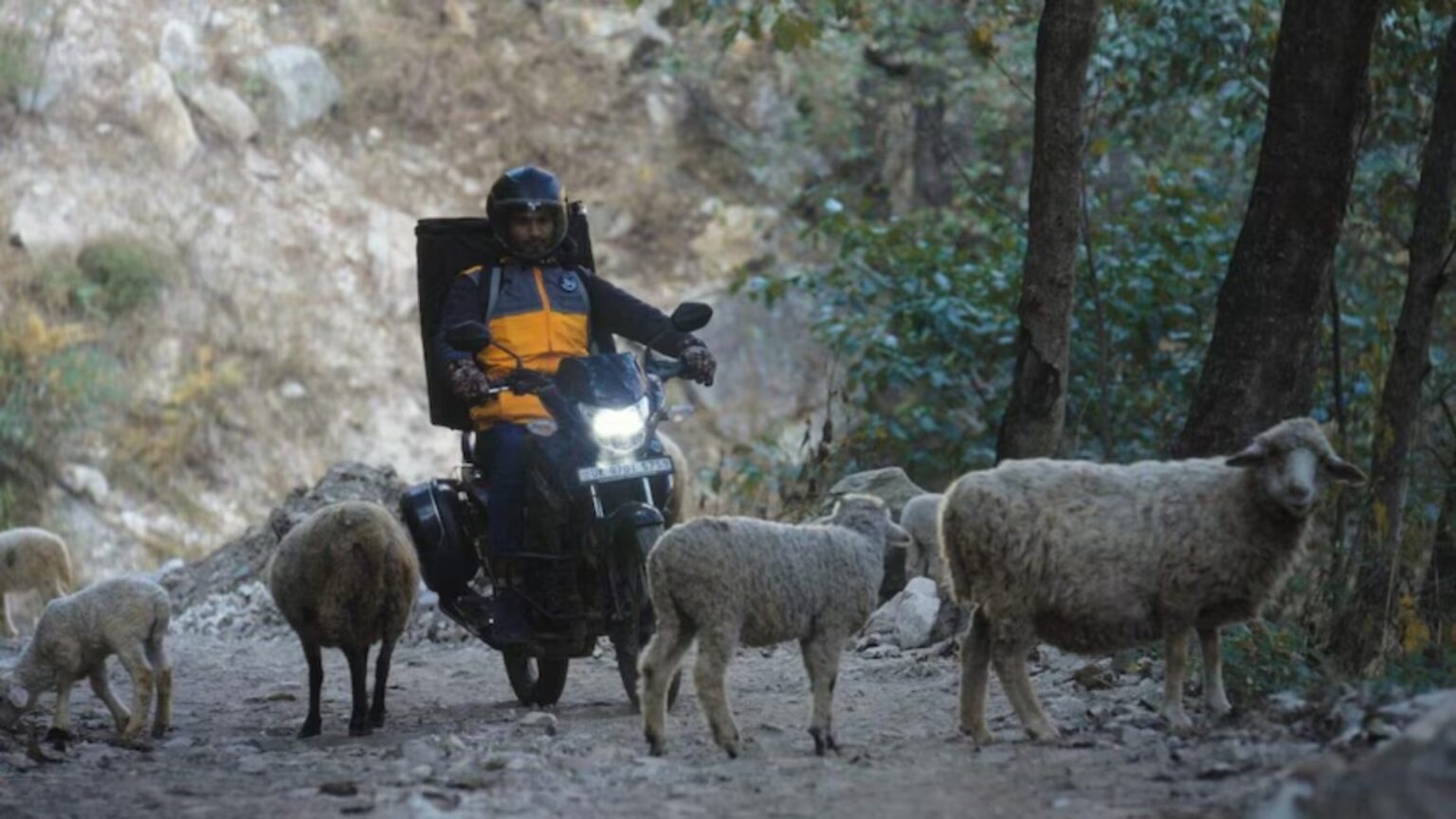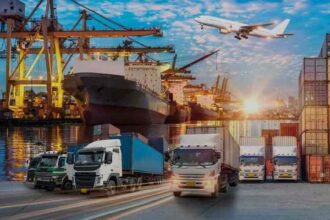E-commerce in rural India has become a powerhouse during the festive season, bridging the gap between urban and rural shopping experiences. With substantial demand emerging from Tier-II, Tier-III, and even Tier-IV towns, online retail giants like Flipkart, Amazon, and Meesho are expanding their reach into these markets. Despite challenges, this shift not only transforms the rural shopping landscape but also generates jobs and supports local economies.
The Festive Season Boom for E-commerce in Rural India
During India’s festive season, demand for e-commerce services surges. This year, rural India has seen impressive growth in online shopping, especially for categories like electronics, fashion, home appliances, and beauty products. Companies are tailoring their infrastructure to cater to the unique needs of these regions, ensuring that people in small towns and remote areas can access quality goods at affordable prices.
Overcoming Logistical Challenges to Reach Rural India
Expanding e-commerce in rural India involves overcoming significant logistical challenges. With vast terrains, varying weather conditions, and limited connectivity, companies face an uphill battle to reach every corner of the country. Yet, they persist. Companies like Flipkart and Amazon have ramped up their supply chains and technological resources, setting up additional fulfillment centers to ensure faster and more reliable deliveries.
For instance, Amazon now delivers to remote locations, including the upper Himalayas and the Andaman and Nicobar Islands. They rely on local delivery teams with specific expertise in these regions, ensuring timely access to essential goods.
Job Creation and Economic Growth Through E-commerce
The growth of e-commerce in rural India does more than satisfy shopping needs; it creates job opportunities for locals. By setting up fulfillment centers and delivery hubs in these areas, e-commerce firms are enabling individuals to work closer to home. People like Hardeep Raj, a sorter at Flipkart, have found stable, meaningful employment without needing to move to larger cities.
These jobs, in turn, contribute to economic upliftment, as e-commerce hubs boost demand for local services like transportation and packaging. Companies have also reported that their festive sales events give a significant boost to small businesses, exposing them to customers across the country.
Increased Demand from Small Towns and Tier-II, Tier-III, and Tier-IV Cities
Data from the recent festive sales underscore the growing demand for e-commerce in rural India. Flipkart’s Big Billion Days and Amazon’s Great Indian Festival have recorded sales spikes in Tier-II to Tier-IV cities. Smaller towns and rural regions showed higher demand for premium items like smartphones, appliances, and beauty products, often opting for easy credit options like ‘no-cost EMI.’
The Impact of Infrastructure Expansion
To meet the rising demand for e-commerce in rural India, companies have invested heavily in expanding their infrastructure. Flipkart, for example, recently added 11 fulfillment centers across nine cities, while Amazon introduced three new centers as part of its pan-India network. This expansion enables quicker, more reliable deliveries, which are crucial for customer satisfaction, especially during peak seasons.
Meesho’s Success with Tier-IV Cities
Even e-commerce platforms focused on value, such as Meesho, are thriving in rural India. During its recent ‘Meesho Mega Blockbuster Sale,’ the company saw over 40% growth in sales from Tier-IV cities like Ranaghat and Bhadohi. These platforms offer affordable products, meeting the needs of customers seeking quality on a budget.
Future of E-commerce in Rural India: A Goldmine of Opportunities
As e-commerce in rural India continues to grow, the future looks promising. With Redseer Strategy Consultants forecasting a 20% year-on-year growth in festive sales, the sector is set to become an even bigger economic driver in small towns and rural areas. E-commerce companies are committed to reaching every corner of India, making shopping easier and more accessible for everyone.
Conclusion
E-commerce in rural India is transforming how people shop, creating job opportunities, and driving economic growth. By overcoming logistical challenges and expanding their reach, companies are providing affordable, quality products to consumers in Tier-II to Tier-IV towns. As demand continues to rise, e-commerce in rural India is poised to be a goldmine of growth, especially during the festive season.







